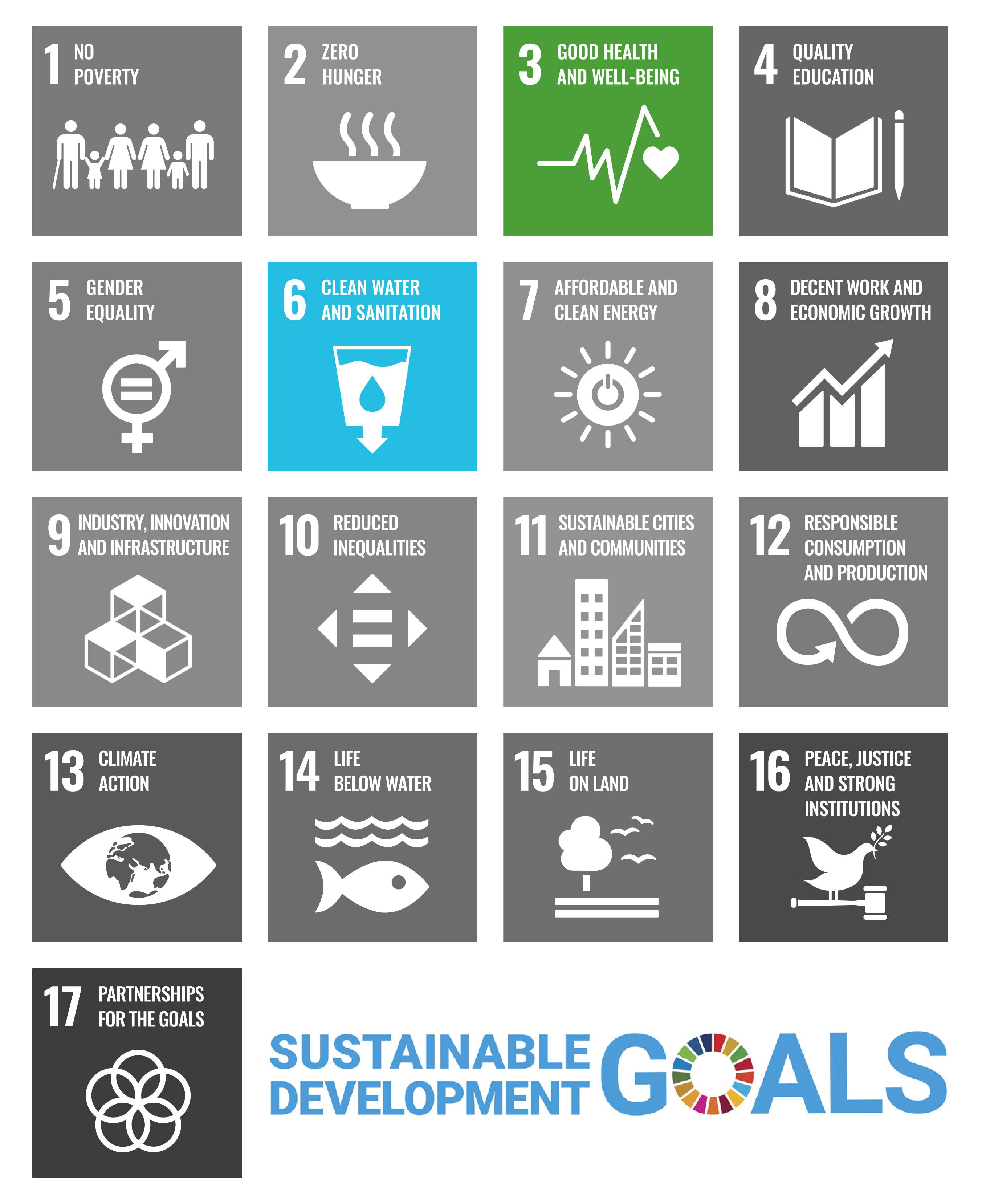Anticipating the effects of climate change on public health in the Mediterranean

A changing climate poses new threats to human health. This is especially true in the Mediterranean region, which is recognized as a climate change hotspot. A report assessing the scientific literature for the Mediterranean which was published in 2020 by a group of independent experts shows that risks to human health are accentuated by climate change. This happens in two main ways: through the intensification of climate extremes and through changes in average conditions.
Intensification of climate extremes
Projections show that extreme temperatures will increase even more rapidly than average temperatures in the Mediterranean region. For instance, maximum temperatures on summer days may increase by up to 7°C by the end of the 21st century compared to the recent past. Heatwaves provoke extra physiological stresses on the human body and cause excess mortality.
Urban centers are prone to the heat island effect, in which heat is trapped by narrow streets and pavements and human activities generate extra heat. Temperatures rise faster and reach higher extremes than in surrounding areas.
“We are finally starting to focus on heat waves, especially in urban centers, as one of the challenges taking people’s lives - especially the vulnerable populations - and these are deaths that we can avoid through effective policy measures. We can have warning systems, heat wave categorizations, mapping of heat pressure spots within a city, using Copernicus data.”
New extremes in terms of cumulative rainfall, violent storms, and droughts are also expected. These incur direct threats to human lives, such as during extreme flood events.
Changes in average conditions
Changes in average temperature and rainfall regimes can indirectly affect human health by impacting water and food security, enhancing transmission of water and food-borne diseases, and exacerbating air pollution. Knock-on effects on air quality may occur with climate change due to more frequent wildfires releasing aerosols into the air, modified cycles of ventilation and deposition of air pollutants, and an increase in ground-level ozone concentrations - linked to cardiovascular and respiratory problems.


Data can help us to better understand and prepare for climate-induced threats to public health. Operated by the Copernicus Climate Change Service (C3S), the Copernicus Climate Data Store (CDS)'s mission is to make available data that is free, quality assured, and which responds to user needs.
The Climate Data Store provides several relevant datasets to help understand climate threats on health:
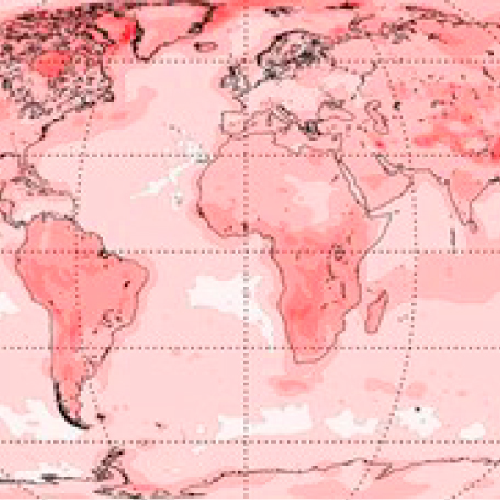
Reconstruction of past climate from 1959 to present.
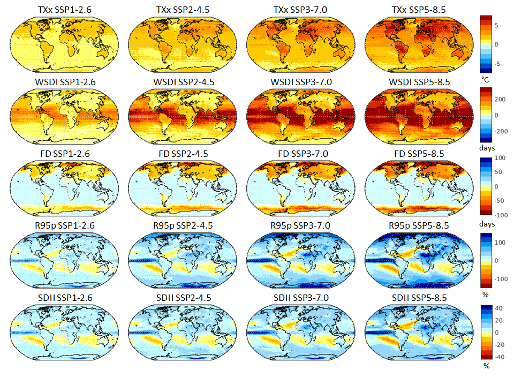
Extremes and heat stress indicators derived from CMIP6, 1850 to 2300.
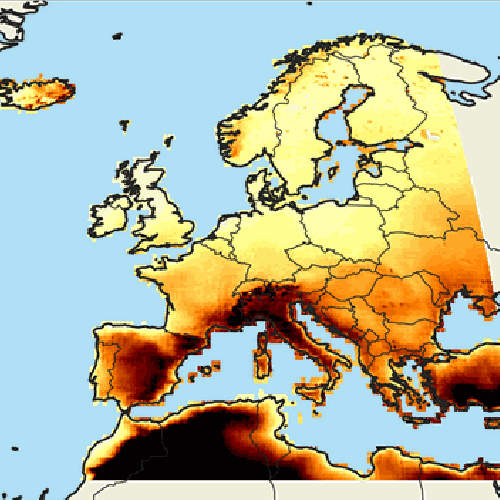
Heat waves and cold spells in Europe
Climate projections from 1971 to 2100.
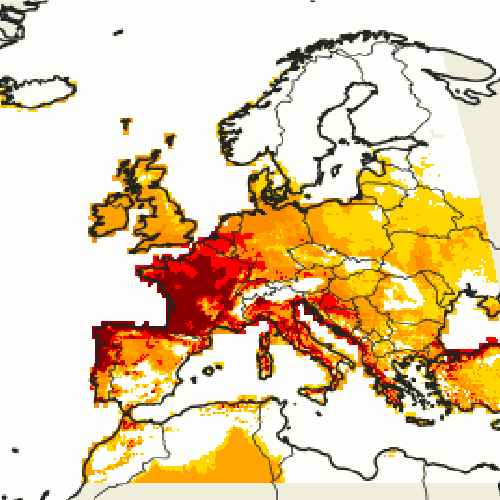
Climatic suitability for mosquitoes in Europe
Climate projections from 2031 to 2060.
Several European initiatives looking at climate-health connections are currently being developed. They aim to support public health administrators dealing with new threats from climate change. By making data for monitoring and forecasting widely available, these initiatives can help us to better understand the impacts of climate change on human health:
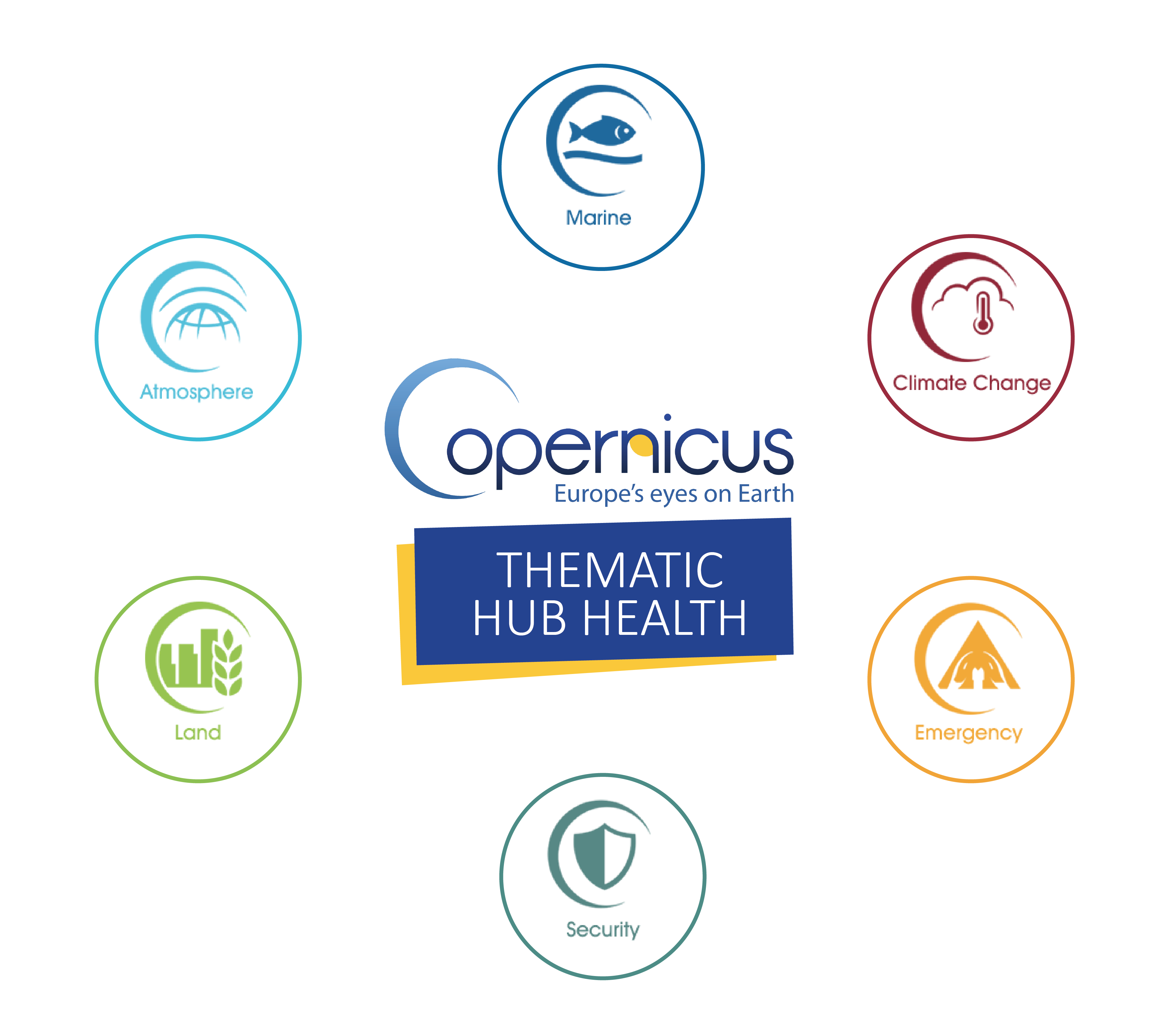
The Copernicus Thematic Hub on Health is meant to provide a single entry-point for users seeking data on health generated by any of the six Copernicus services. Its main objective is to help users from different backgrounds easily identify the data they need and access it.
The European Climate and Health Observatory provides a resource catalogue, indicators, country profiles, and case studies to help support decision making in the field of health and climate.
Every October, the Lancet Countdown produces a report to help track progress on health and climate change, comprising 44 indicators. Formed in 2021, the Lancet Countdown Europe will bring together researchers and policy makers to develop high-resolution, regional indicators relevant for decision makers.
C3S provides state-of-the-art climate monitoring data and tools to support climate mitigation and adaptation. One of the ongoing activities is the yearly C3S European State of the Climate Report. In 2021, a special section for the Mediterranean recorded the exceptionally hot and dry summer season and how these extreme conditions led to the spread and intensification of large wildfires across the whole Mediterranean.
Around the Mediterranean, climate change will intensify another long-standing public health threat: transmission of vector-borne diseases.
" Climate change will also affect human health in terms of infectious communicable diseases. And a large part will be the vector borne diseases which are transmitted by vectors such as mosquitoes, sandflies, fleas and ticks, and even snails."
Dr Kamil Erguler discusses vector expansion.
Dr Kamil Erguler discusses vector expansion.
Vector-borne diseases (VBD) are illnesses that spread amongst humans through external vectors, usually insects, birds, or parasites.
Many Mediterranean countries, especially around the Southern and Eastern rim, are afflicted by deadly or incapacitating vector-borne diseases. With changing conditions, the incidence of vector borne diseases may increase in areas unprepared to face the threat from infectious diseases.

“Climate change is leading to warming temperatures and more unpredictable weather systems. Warming temperatures can allow vectors such as mosquitoes to establish themselves in new areas that perhaps were not previously suitable.
We’re seeing some highland areas that are becoming warmer and more suitable for mosquito species that can transmit malaria or dengue.
All of these factors are causing an increased risk of emergence and outbreaks of infectious diseases.”

Dengue, Chikunguya, and Zika are transmitted through the same mosquito species: Aedes albopictus and Aedes aegypti.
Aedes albopictus, commonly named Tiger mosquito, is a highly invasive mosquito species which originates from Southeast Asia but quickly spread through human activities – with the international tire trade taking much of the blame. Aedes Albopictus jumped to Europe via Albania in the 1980’s and has quickly spread.
The first reported autochthonous cases of chikungunya in Europe were in 2007.
Malaria is caused by Plasmodium parasites carried by Anopheles mosquitoes; it causes over 500,000 annual deaths worldwide.
The disease was eradicated in many temperate regions in the 20th century and the Mediterranean region mostly suffers from imported cases; however, there is a small risk that climate conditions may cause re-emergence in some areas.
Temperature, relative humidity, rainfall volume, vegetation index, hydrogeology, and wind speed have been shown to influence the propagation and survivorship of malaria vectors.
The West Nile Virus is transmitted among birds via the bite of infectious mosquitoes, and may incidentally infect humans.
500 million birds migrate each spring and autumn between Africa and Eurasia. In response to higher temperature in early spring, migration dates are shifting, which influences the timing of disease appearance along migration routes. Higher than average summer temperatures are considered to amplify the spread of the disease.
Several outbreaks causing fatal cases of encephalitis have occurred in countries around the Mediterranean basin since 1996.
The most pressing concern is the spread of arboviruses (arthropod borne viruses) spread by Aedes albopictus, which is now present all around the Mediterranean coast. Climate change is likely to further increase its range northwards.
"The Mediterranean region will be affected quite harshly by climate change. Precipitation events will concentrate and happen in the form of extreme events, temperatures will rise. This is a heaven for many mosquito species. In some regions temperatures will actually be too high for mosquito species – but there is no evidence showing a decline in mosquito populations due to excessive temperatures.”
Up until recently, imported cases represented the majority of cases of Dengue, Zika, and Chikungunya in Southern Europe.
In 2022, the number of native cases of Zika and Chikungunya saw a rapid increase in the Mediterranean regions of France, Italy, and Spain, prompting authorities to issue a public health warning.

There are ways to diminish the threat from vector-borne diseases. Effective monitoring and forecasting tools can predict future outbreaks, thus helping decision makers implement preventive strategies. The data needed to develop such tools range from re-analysis products, to seasonal forecasts, to satellite imagery, to dedicated applications and datasets.
Several public and private sector users have used data from C3S to develop solutions to monitor and predict the spread of vector-borne diseases.

Arborisk
Funded by ECDC, the European Center for Disease Control, and developed by the Cyprus Institute, Arborisk is a decision support system which integrates a population dynamics model and a disease transmission model to predict the risk of future outbreaks on a short time scale of six months. These models use climate data such as temperature, precipitation, and day length as input to forecast the evolution of mosquito populations.
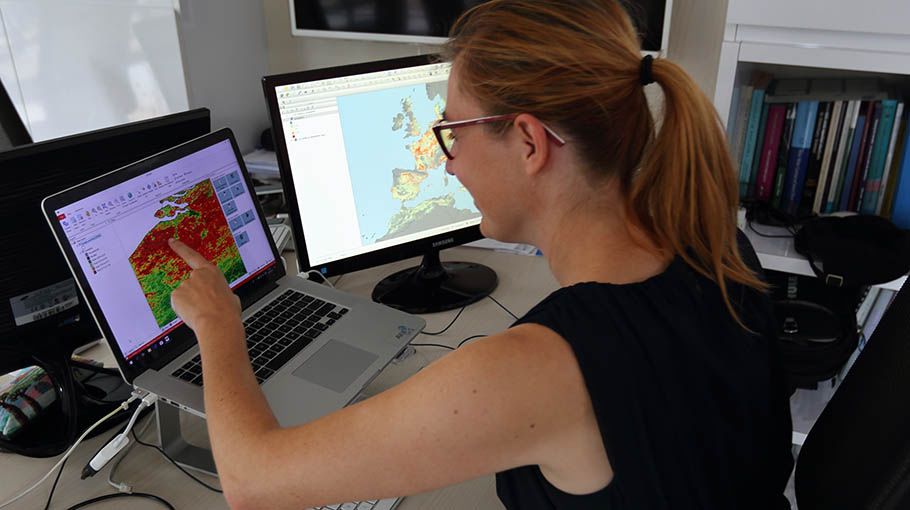
VECMAP is developed by Avia-GIS, a Belgian SME. This spatial risk mapping software includes all the tools necessary to implement field surveys and to develop spatial distribution models of pests or disease vectors in general and mosquitoes in particular. The data used includes SENTINEL satellite imagery and ERA-5 re-analysis products. These findings can serve e.g. as a basis to predict the future spread of invasive species, assess the potential impact of climate change on vector distributions or to plan monitoring efforts by national or international public health agencies.
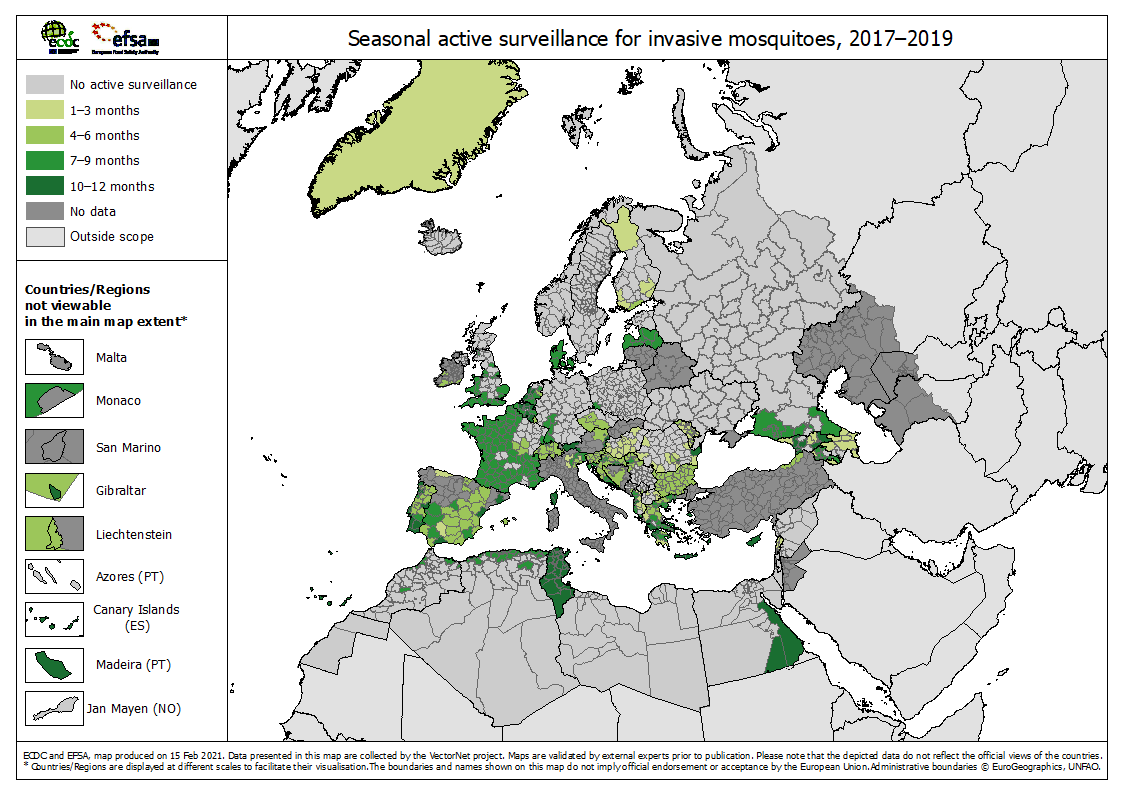
In the field of vector-borne diseases, ECDC has namely developed Vectornet, a network of medical and veterinary experts and organisations which maintain a common database on the presence and distribution of vectors and pathogens across Europe and the Mediterranean basin. They support the collection of data on vectors and pathogens of concern for human and animal health. Their vector maps show the spreading distribution of Aedes albopictus across Northern and Southern Europe.
All of these solutions can help identify and stymie disease outbreaks on a short time scale. However, it is equally important to model and predict the spread of vector-borne diseases on a longer timescale so decision makers and the population can adapt.
Combining knowledge from long-term projections of vector suitability with short term forecasts of likelihood of outbreaks is key to optimizing VBD management in the face of climate change conditions.
The Copernicus Climate Change service (C3S) has developed an application that predicts the evolution of suitable conditions for some arbovirus vectors in the far future.

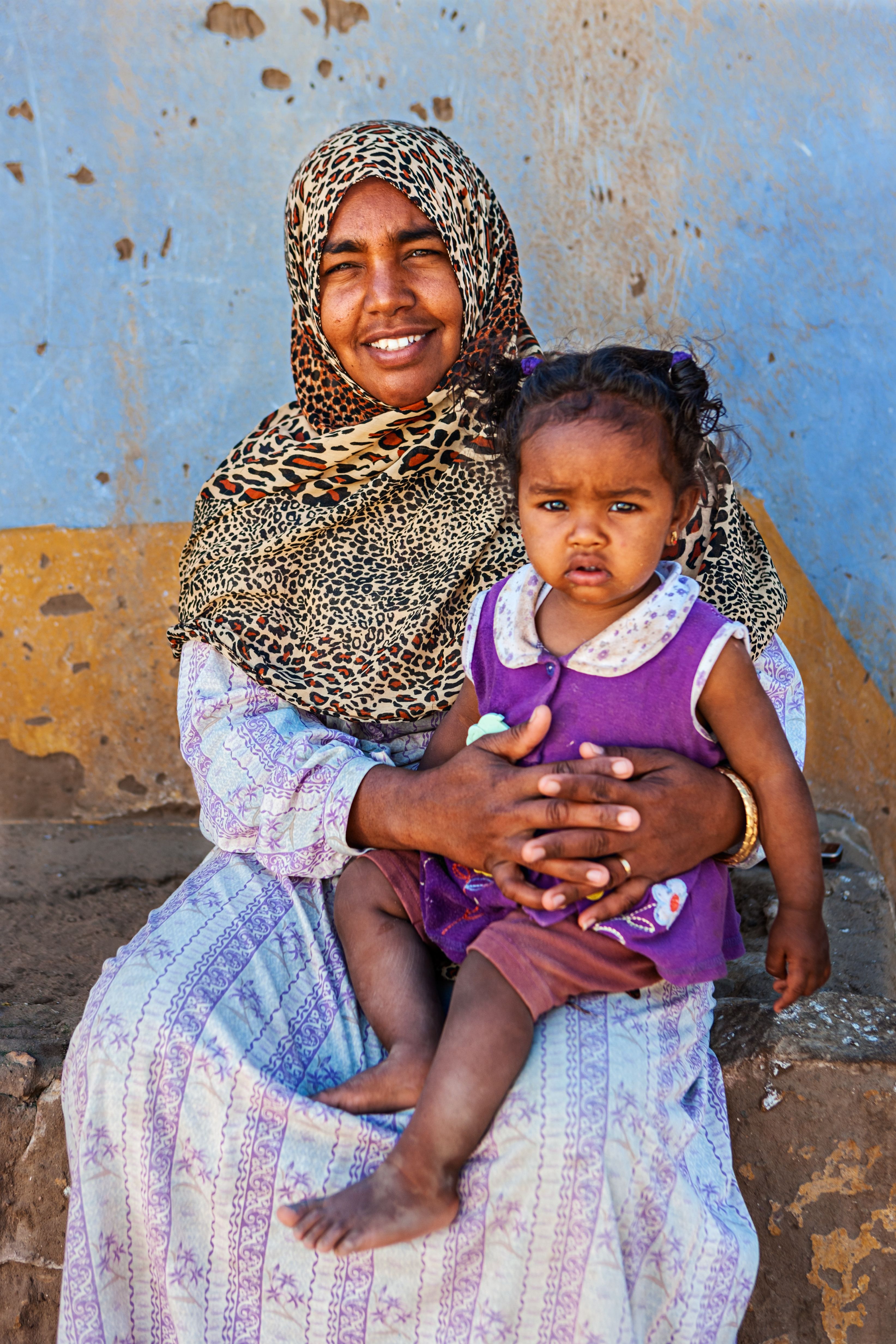
The application demonstrates how climate data available in the CDS may be harnessed to develop indicators to simulate the spread of vector-borne diseases under future climate scenarios.
The application displays two variables, active mosquito season length and climate suitability for mosquitoes. These are projected to the historical period, near future, mid-century, and end-century time horizons for RCP4.5, and end-century for RCP8.5. It is focused on the Mediterranean bioclimatic zone, an area bordering the sea and which shares similar climate conditions.
